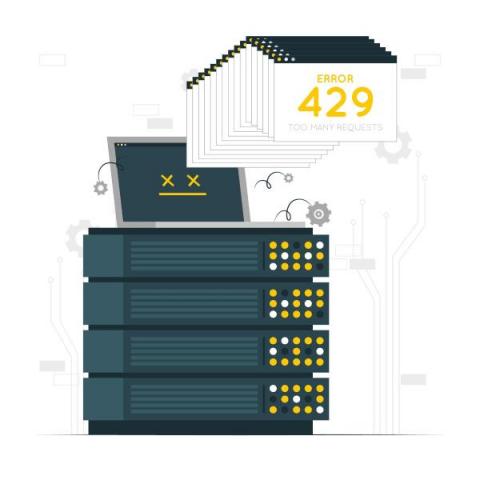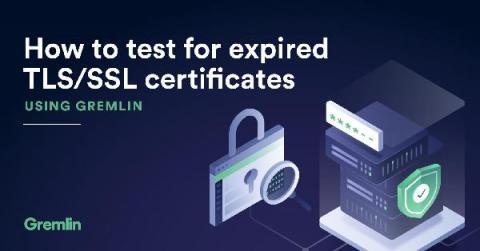Operations | Monitoring | ITSM | DevOps | Cloud
Security
The latest News and Information on CyberSecurity for Applications, Services and Infrastructure, and related technologies.
Learn How to Streamline Endpoint Data Collection and Send it to Grafana Cloud for Monitoring with Cribl Edge
You’re responsible for administering hundreds to thousands of server endpoints deployed at your company. You receive daily requests from the application teams requiring agents be installed on new servers, from the compliance team tracking agent upgrades and from the operations team concerned logs and metrics are missing from the dashboards they’re monitoring. You review your workload and realize you must log into each individual server for every request you’ve received.
SASE: A Long-term Play for Security
Secure Access Service Edge (SASE) is a strong trend emerging in enterprise network security, representing the long-term capability to integrate and consolidate a variety of networking and cybersecurity tools. Let’s do a quick dive on the technology to understand why it’s necessary. SASE emerged as an outgrowth of the software-defined wide-area networking (SD-WAN) technology movement, which made it easier to configure, orchestrate, and manage WAN connectivity from enterprise branches.
Causes of Data Center Outages and How to Overcome Them
How to test for expired TLS/SSL certificates using Gremlin
Transport Layer Security (TLS), and its preceding protocol, Secure Sockets Layer (SSL), are essential to the modern Internet. Encrypting network communications using TLS protects users and organizations from publicly exposing in-transit data to third parties. This is especially important for the web, where TLS secures HTTP traffic (HTTPS) between backend servers and customers’ browsers.
Five ways to strengthen your security posture before high-incident seasons
Here are five ways to protect your organization from cybersecurity attacks and vulnerabilities during high-incident seasons. With the busy holiday season over, is it safe to let your guard down concerning cybersecurity? Not exactly. While the holiday season is often seen as prime time for cyberattacks, it’s not the only time of year organizations experience a surge in cyber threats.
Website downtime and ways to prevent it from happening
Leveraging the Security Event widget within AppDynamics
The Limitations of Endpoint Detection and Response (EDR)
Every IT environment – whether it’s on-prem or in the cloud, and regardless of how it’s designed or what runs in it – is made up of endpoints. That’s why Endpoint Detection and Response, or EDR, has typically been one of the pillars of cybersecurity. EDR helps businesses monitor each of their endpoints for security risks so that they can detect problems before they escalate to other endpoints.










